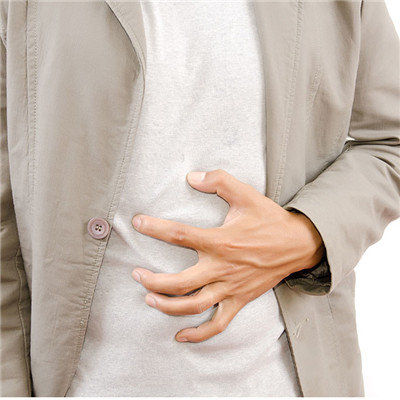What symptom is osteoma of external auditory canal?
summary
Ear osteoma can occur in the external auditory canal, tympanic cavity, mastoid or temporal bone scale. Exophytic osteoma of the external auditory canal is a nodular protuberance formed by the localized overgrowth of the bone wall of the external auditory canal. It is a benign tumor, including multiple dense osteoma (exophytic osteoma) and single cancellous osteoma, the latter is rare. Exophytic osteoma of the external auditory canal is one of the most common benign tumors in the external auditory canal, which is more common in young men. Most of them are bilateral and multiple. What symptom is osteoma of external auditory canal? Let's talk about it
What symptom is osteoma of external auditory canal?
The small size of osteoma can be asymptomatic, often found by chance in otology examination. When the volume increases, it can narrow the external auditory canal, cause hearing loss, or block the external auditory canal due to cerumen caking and cholesteatoma formation, causing a sense of occlusion and even complicated with infection, resulting in pain and pus.

According to the history and local findings, the diagnosis is not difficult. If the tuberous or semicircular protrusion in the deep part of the external auditory canal is found and hard to touch, the exophytic osteoma should be considered first. CT examination can find out the location and size of osteoma, and whether tympanum and mastoid are involved.

Otoscopic examination showed that there were round smooth hard nodules in the bone of external auditory canal, with wide base and overlying normal epithelium. X-ray or CT scan of the temporal bone showed bony stenosis of the external auditory canal with semicircular shadow completely consistent with or similar to the bone density.

matters needing attention
Small and asymptomatic osteoma may not be treated. In case of hearing loss, pain or infection of external and middle ear caused by tumor enlargement, surgical resection and reconstruction of external auditory canal are feasible. The skin and periosteum on the surface of the osteoma can be separated and lifted through the incision in the ear. The skin and periosteum can be carefully ground off with a high-frequency electric drill or chiseled off with a bone chisel. If necessary, part of the bone wall of the external auditory canal can be ground off to reduce the recurrence and avoid the stenosis of the external auditory canal.














